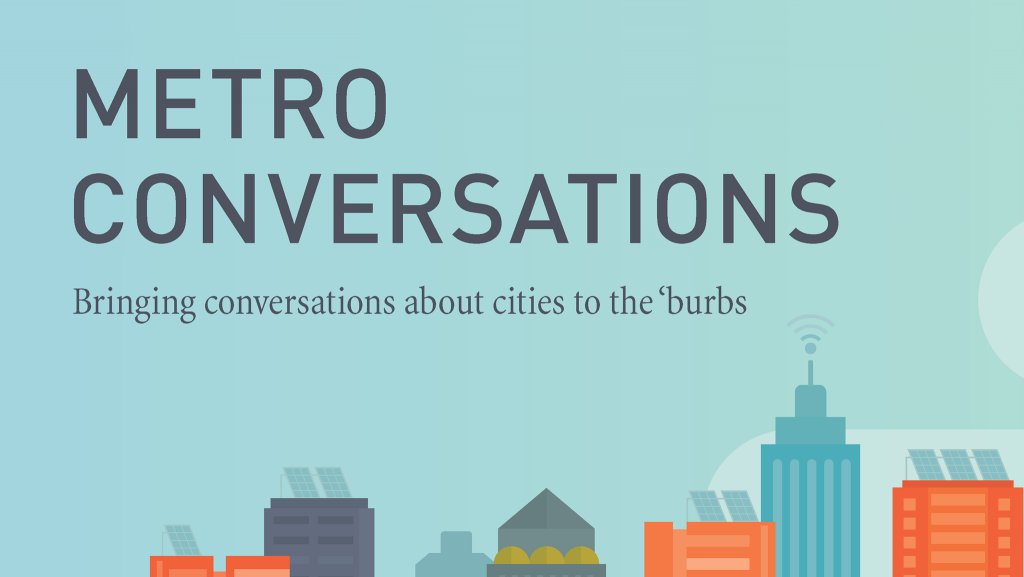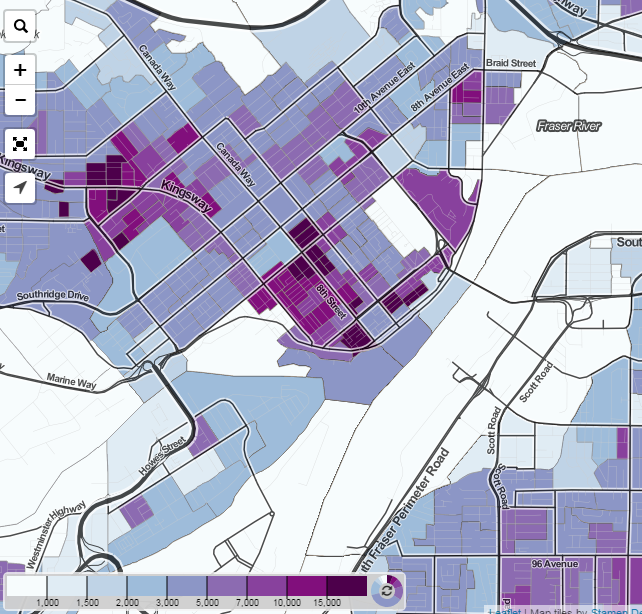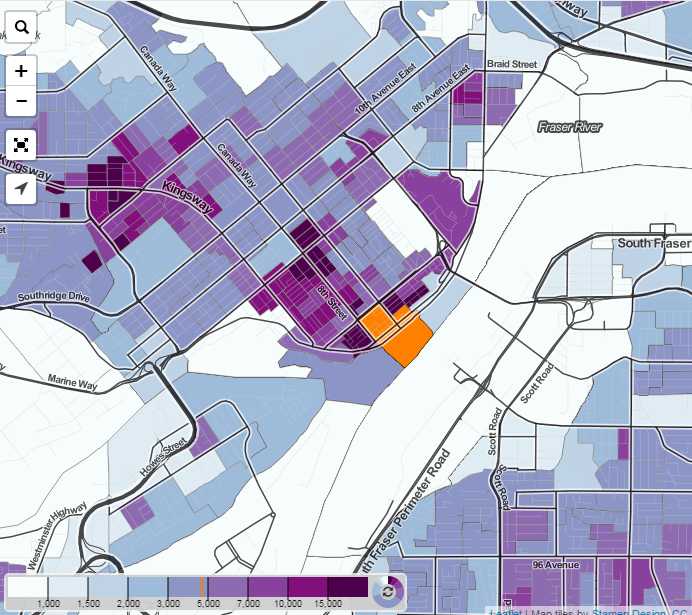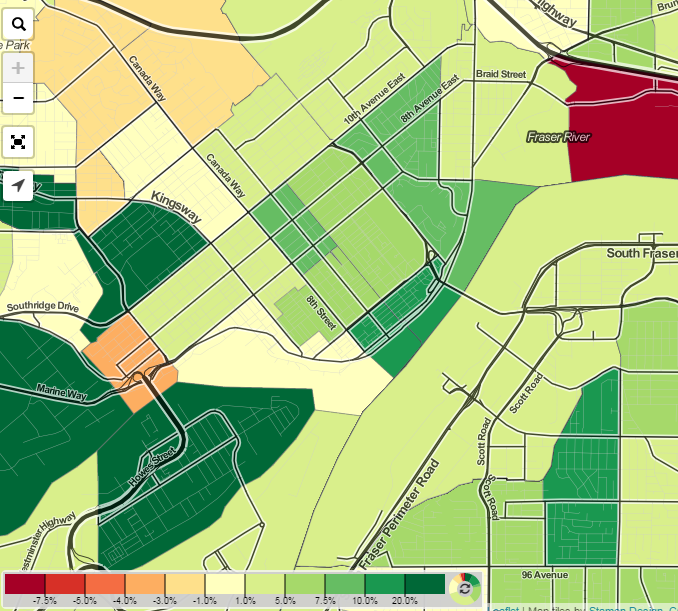The February 6 meeting of Council started with a series of presentations, including a discussion of the City’s Budget, and an Opportunity for Public Comment on the topic.
Draft 2017-2021 Financial Plan
As regular readers (Hi Mom!) will be aware, the City annually approves a budget in a form that is regulated by the provincial government. Those regulations require us to prepare a 5-year financial plan, and for the budget to be balanced. As part of the lengthy public process, this is the third or fourth time parts of this plan have come to Council, and there have been ongoing requests for public input from Council, on the City Page, and on the City’s website. Considering the importance, we get remarkably little feedback or constructive criticism from the public on this.
I will write further blogs in the upcoming weeks about the 5-Year Financial Plan, and the Bylaw that sets the Property Tax levels for 2017 will be coming back to Council next month. This will result in further conversation, I’m sure.
We had one person take the opportunity to present to Council on the 5-Year Plan, and I wanted to touch on some issues he raised. First, we are not hosts of “one of the highest Property Taxes in Metro”. Our average is 11th out of 22 local governments in the Metro Vancouver area, and our taxes per capita and per household are both below the average (here is a post I wrote last year, and another one, both covering this topic). I have also done a comparison (although this is a couple of years ago) looking at MLS housing values across the region and how our Mil rate compares, and again, we are right around average for almost every tax class. Second, the City is not permitted to run a deficit; we need to balance our budget every year. We are, however, allowed to borrow money, and we are allowed to put money in reserves. Currently, we have about $65 Million in outstanding debt that we are paying off. We also have a little more than $120 Million in our long term investments and in the bank as cash. If we were to cash in our savings and pay off our debt, we would be up more than $50 Million. However, that would not be a great long-term strategy for the City’s finances.
Quayside Park Redevelopment – Preferred Design Option Overview
The playground at Quayside Park (where the Expo86-era model submarine is) needs to be removed, because there is a major storm drainage line under it that is failing. Replacing that line is not an option, it needs to happen, and excavating around the park is the only reasonable way to do it.
Fortunately, the park itself is nearing the end of its design life, and doesn’t really meet modern standards for such a valuable amenity for the Quayside community. Our Parks staff have done a year of design and public consultation on this topic, and this report shows the preferred design that came form that process. Works will occur this spring, with the park out of service for a couple of months, but back in much improved order by June.
2016 Year-End Strategic Initiative Status
We received short updates on four of this Council’s Priority Initiatives, which are all making progress, although some of this progress is less visible than might be expected (hence these reports):
1. Arts Strategy: There is a lot going on in the City in the arts, between developments at the Anvil to activate the public space and programs, advancement of our Public art program, and strengthening of our partnerships with organizations from the Arts Council to Massey Theatre Society. The strategy has gone through a considerable amount of public discussion and is coming together, expected to come to Council in a draft form in the spring.
2. Truck Route Strategy: The City has tried to shift trucks to peripheral routes in the City for several years. This is not something the City has complete control over, but requires regional cooperation. We are cooperating well with TransLink and Surrey on the Pattullo Bridge project, and with Coquitlam on the Brunette Interchange project. We have also had discussions with the Port about sharing their GPS truck destination data, hoping to use that to developing data-based solutions to help with traffic flow. A work in progress…
3. Economic Development Strategy: We recently reviewed the Business Survey the City performed, which is an important part of data gathering for this strategy. There is also an event coming up in late February – Innovation Week – that will bring many aspects of the City’s ED file together with a broad group of partners to develop ideas about how Innovation will change our economic development, and our City in general.
4. Riverfront Greenway: The long-standing dream of connecting the Pier Park to Brunette Landing Park with a pedestrian and cycling route along the river is getting some legs beneath it (pun! I’m on fire today!). There are some significant engineering challenges here, including the general paucity of space for a trail between the Railways’ wide buffer zone, steep slopes above and below Front Street, and a river with large tide fluctuations. Then we need to thread the needle through or around a couple of bridges. We are hoping the Pattullo replacement project provides some opportunity to develop a collaborative design. So, not much more than a few lines on a map right now, but the momentum is definitely there.
Before those presentation, the following agenda items were moved on consent:
City of New Westminster Poet Laureate 2017-2020 Appointment
Welcome Alan Hill to the role of Poet Laureate, the fourth person to hold that position since the role was created. I am impressed by Alan’s work, and by his vision for making the written and spoken work a bigger part of our City’s arts scene. He also happens to be a great guy raising a family in Glenbrook North. Congratulations, Alan, and I look forward to seeing you at Civic Events!
630 Ewen Avenue: Official Community Plan Amendment and Rezoning from Queensborough Residential Dwelling Districts (RQ-1) to Comprehensive Dwelling Districts (630 Ewen Avenue)(CD-70)
This is a project to develop supported housing in Queensborough as part of the City’s larger affordable housing strategy. At this point, the project requires an OCP amendment and Rezoning. Council approved moving this through to the Public Process that will include committee reviews, public open house, Public Hearing, etc.
43 Hastings Street: Road Closure and Dedication Removal Bylaw – Council Consideration of First, Second and Third Readings; Zoning Amendment Bylaw – Council Consideration of First and Second Readings
This is another project to develop affordable housing, this time in Downtown. At this time, the project requires a closure of an unopened road portion, which (like most everything we do) requires a Bylaw. Council approved sending this to first and second readings.
Queen’s Park Working Group: Terms of Reference – Amendment to Add an Additional Member
This move resulted from discussions about how to manage succession planning in the working group, as its mandate has been extended since it was first put together, and the Queens Park Residents’ Association membership has changed. There is a balance here between making sure stakeholders are represented and losing momentum that has been generated by three years of working collaboratively.
After a rather exciting Presentation and Delegation period, which you need to watch on video to enjoy (seriously, it is worth going to 1:42:00 in the video and watching 5 or 10 minutes), the following items were Removed from Consent for discussion:
2017 New Westminster Pipe Band Community Grant Request
Something apparently went wrong with this application, and the Pipe Band was not included in the review of grants that took place in the fall. This puts us in a difficult situation, as their $3,000 request was not assessed alongside the other Community Grant applications the Community reviewed, and I don’t know how they would view this request had they received it. The Community Grant Committee had $115,000 in grant requests, and had to say no to $67,000 in requests. There were 7 organizations had their grants refused outright and several others received significantly less than they requested. However, this organization does have a long history of successfully applying the Grant to their program. Council, attempting to divine the desires of a committee that no longer meets, and recognizing it was likely a paperwork SNAFU that put us in this situation, approved granting them the same amount the group received in previous years, which is less than they requested, but should continue to support their program.
215 Manitoba Street (Queen’s Park): Heritage Alteration Permit No. 82 to Permit New Construction – For Council Consideration
This is a follow up to the first demolition permit the City issued in Queens Park during the Heritage Control Period. Council approved the demolition after receiving reports that indicated the house had little heritage value, and that no significant loss of neighbourhood heritage values would result from its demolition. However, the replacement home requires a Heritage Alteration permit, which means it need to meet the rather strict Queen’s Park Historic District Residential Design Guidelines.
The replacement as proposed meets those guidelines, and also requires no variances from the current RS-1 zoning as far as size, FSR, height or such. The project was recommended for approval by the Heritage Commission and the Technical Review Panel.
Train Whistle Cessation at the Begbie Street and Front Street Crossings
The endless adventure continues. The engineering work for Whistle Cessation on the Begbie and Front Street crossings downtown is complete (at a cost of just over $1 Million to the City), we only need to go through the paperwork exercises. By passing this resolution, we are formally serving notice to the rail operators under the Railway Safety Act. They have 30 days to comply. Assuming no surprises, whistles should stop sounding in Downtown New Westminster as soon as March.
2017 Spring Freshet and Snow Pack Level
It is a bit early to start planning for the 2017 Freshet, but despite our wintry winter, provincial snowpacks were mostly at or below average levels at the beginning of January. The notable exceptions are the South Coast and Lower Fraser Valley, which are 14% and 11% above average – and note this is before this week’s extra snowpocalypse events. Lots of snow is yet to fall across the province, and so much of freshet risk is related to how quickly it melts as opposed to how much there, but no need to worry yet.
Environment Advisory Committee: Corporate Sustainable Food Policy
This discussion grew organically (pun!) out of discussions at the Environment Advisory Committee. Food security and the impact of our food choices on the environment were part of the discussion, and there was some concern that City Hall doesn’t appear to be taking a leadership role in this regard in how we provide food at City functions and facilities. The committee started with the simple question: are the ubiquitous tropical fruits and cured meats the most sustainable choices for City Hall meetings? It definitely expanded beyond that narrow topic to thoughts of developing more of a corporate-wide policy about food.
I think this is a discussion worth having as part of our City’s larger Environmental vision, and am happy to support the Committee’s recommendation
We then did our regular run through of Bylaws that needed Council action:
Zoning Amendment Bylaw (Hastings Street Unzoned Right of Way) No. 7899, 2017
Road Closure and Dedication Removal (43 Hastings Street) Bylaw No. 7898, 2017
These Bylaws that support the closure and rezoning of an unopened road portion in Downtown, so they can be included in an Affordable Housing Project, were given two readings.
Freedom of Information and Protection of Privacy Bylaw No. 7892, 2017
This Bylaw that supports the City’s updated Protection of Privacy policy was adopted by Council. It is the law of the land.
Finally, we had one item of New Business:
LEED Gold certification for civic buildings
The City currently has a policy that new civic buildings meet or exceed LEED Gold standard, however the LEED standard is now only one of several certification standards used to measure the lifetime environmental footprint and energy efficiency of new buildings, from LEED to NetZero to Passive House. As the city is considering a significant investment in capital projects in the years ahead (Canada Games Pool, new Animal Care Facility, a replacement for the Arenex), council has asked staff to provide us a report outlining the costs and benefits of different standards, to determine if our slightly myopic LEED Gold policy is still the best way to achieve our energy efficient building goals.
…and with that, we were done for the night, except for a couple of council members needing to dig their cars out of 12 hours of snow.




